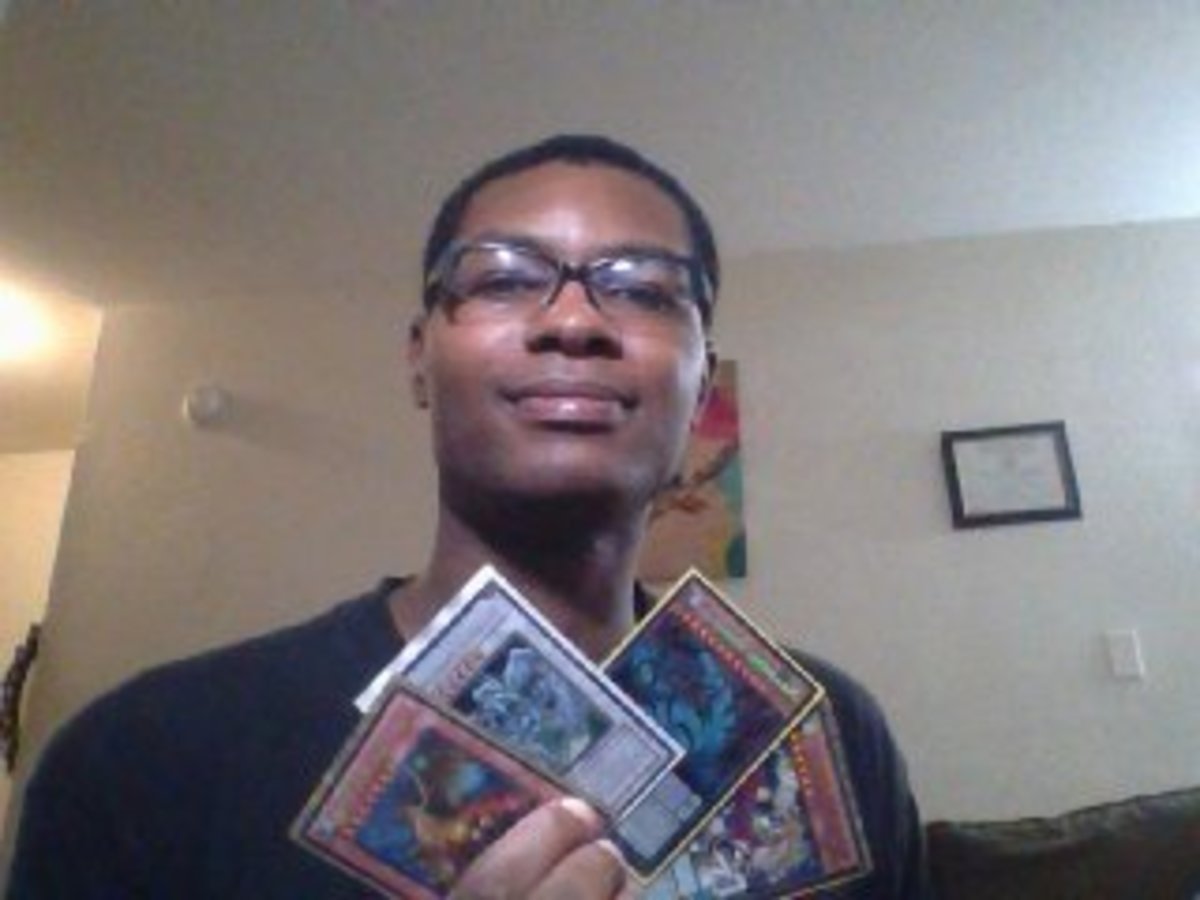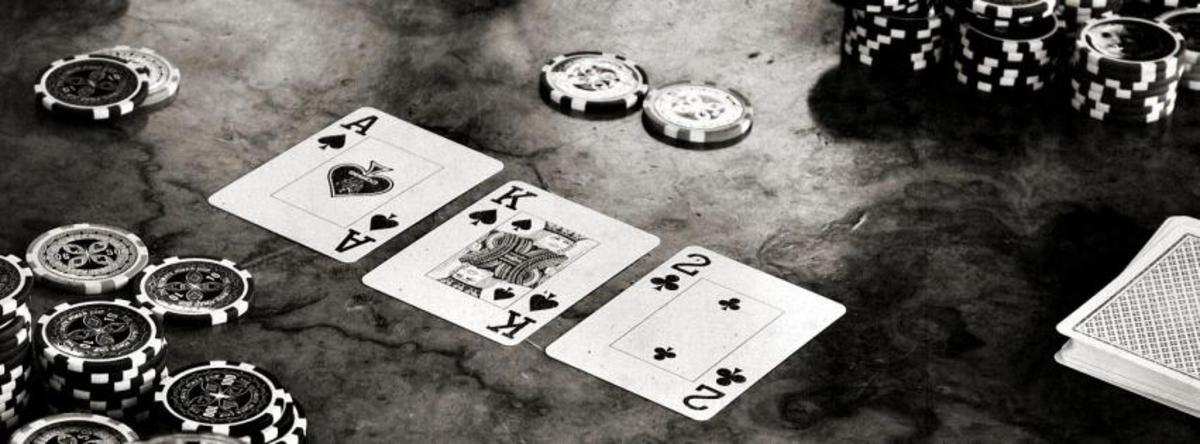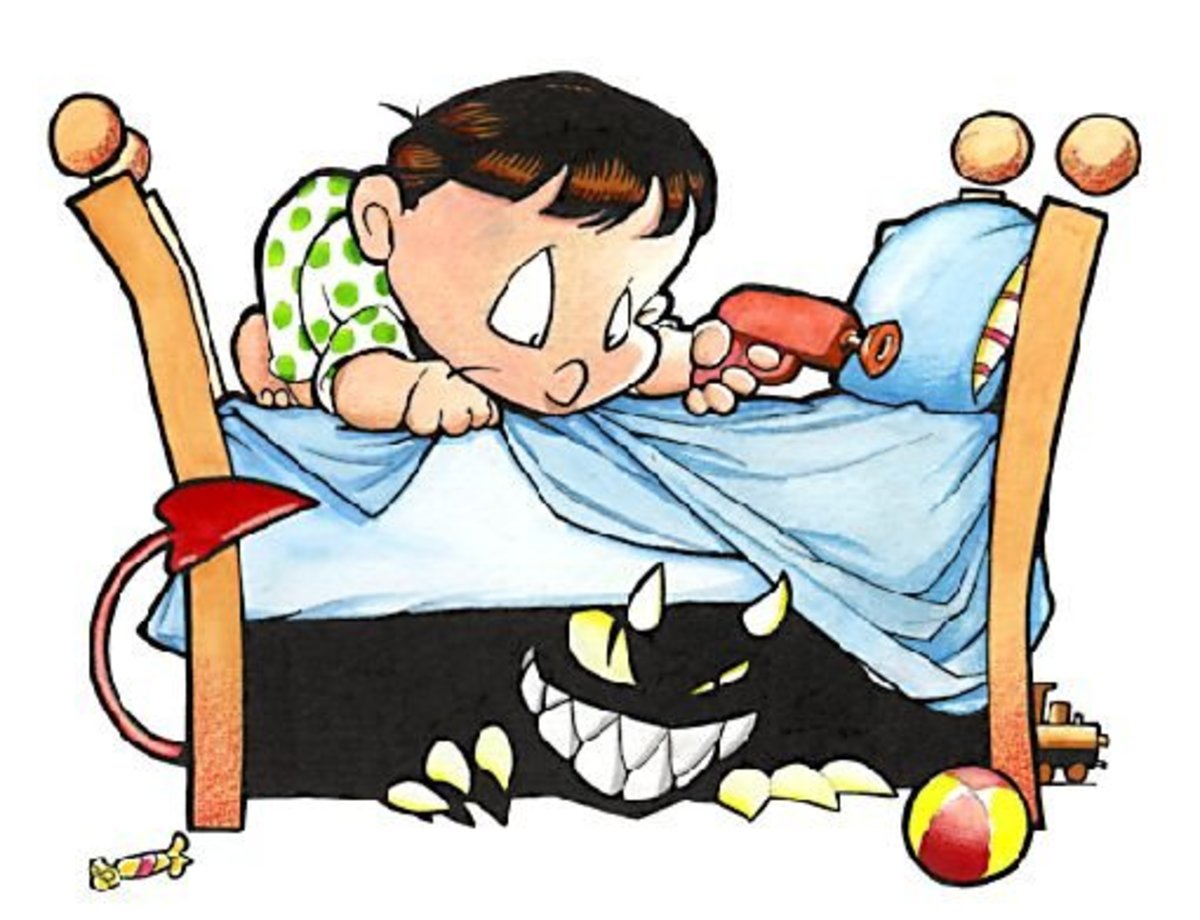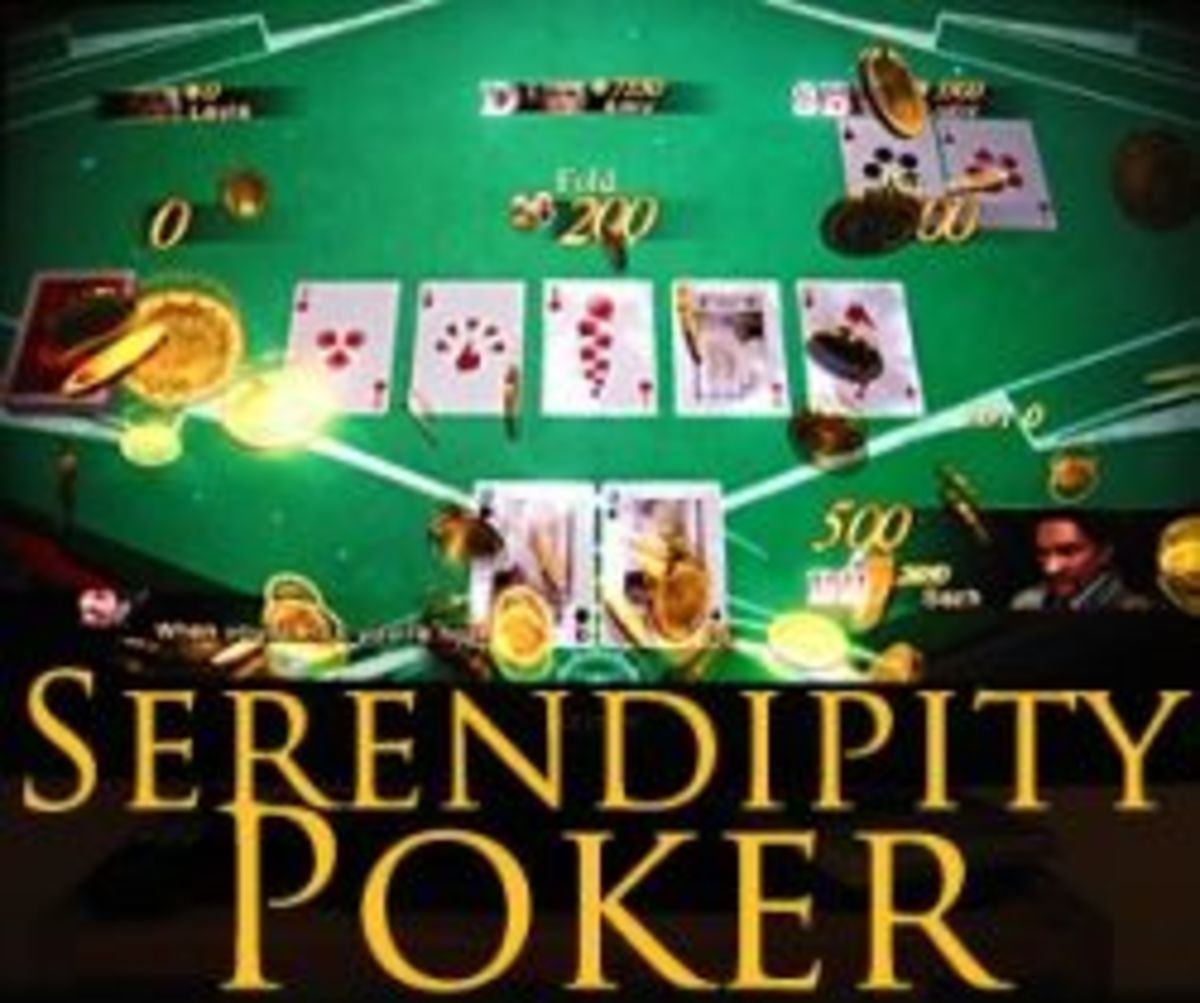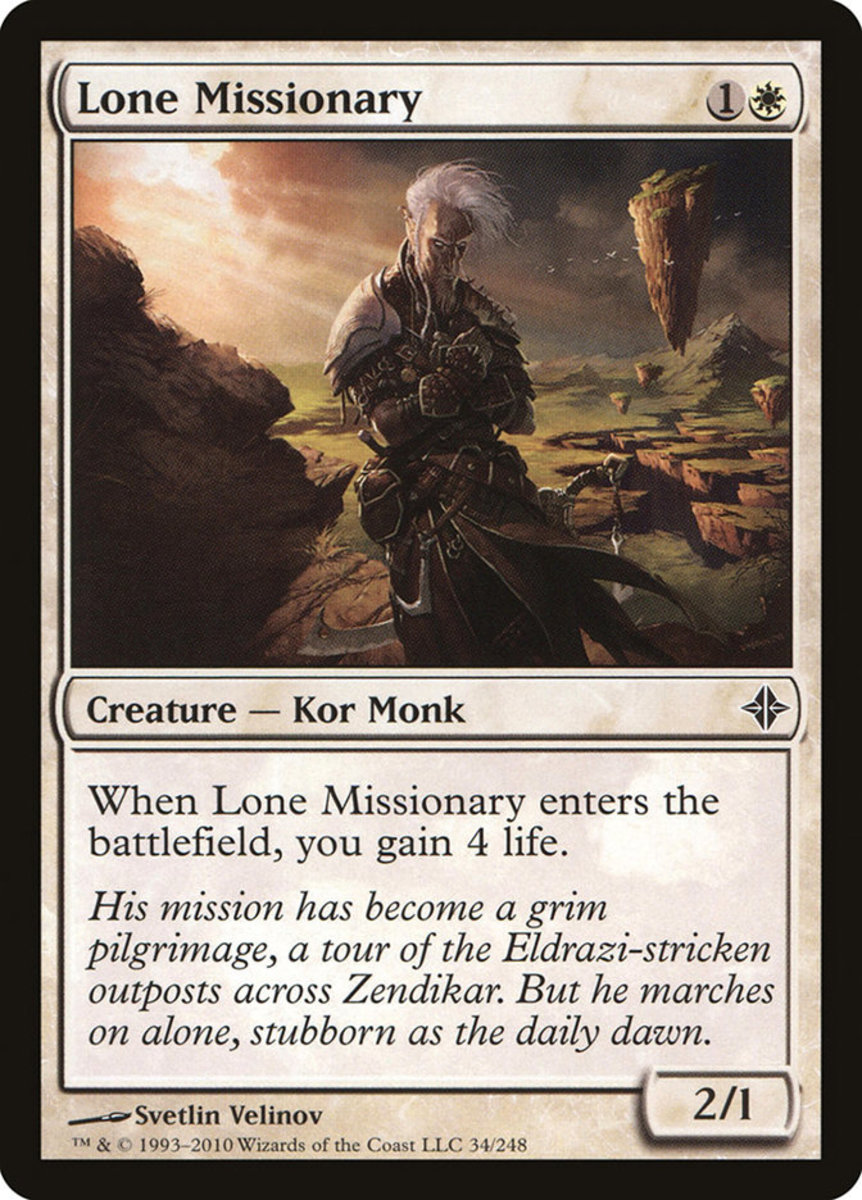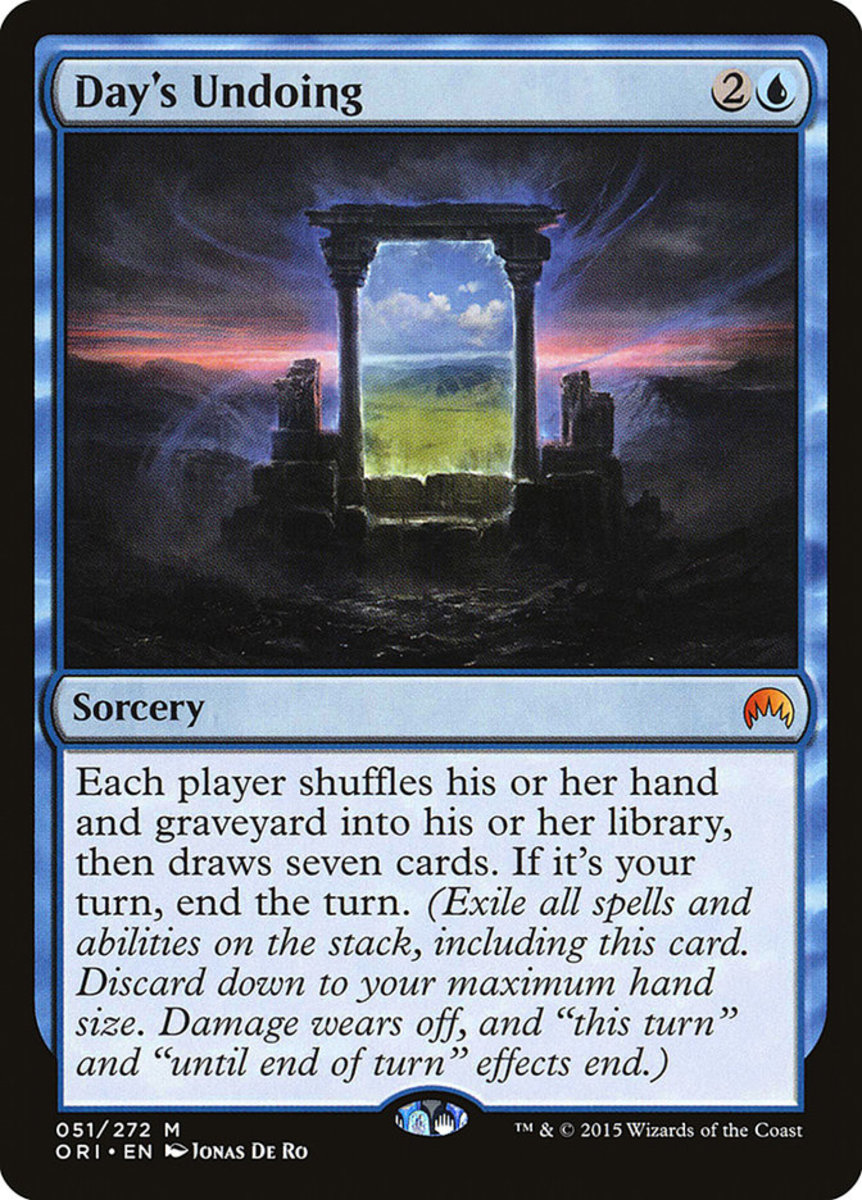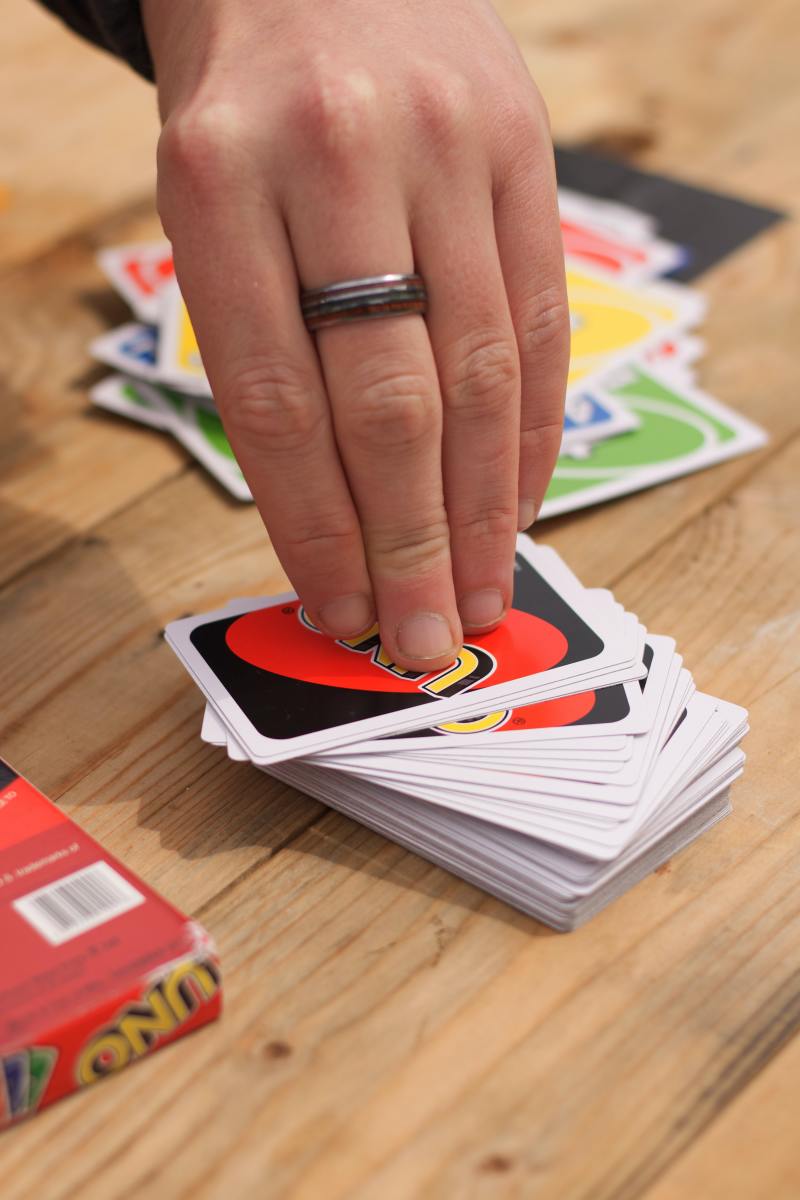Poker Strategy: How to Win More in Poker using Simple Math?
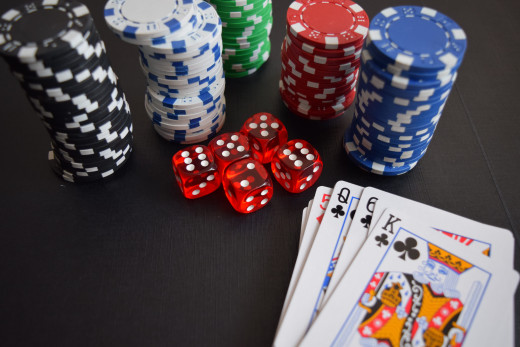
The Game of Poker
Poker is a card game in which the players put their chips into the pot. In the end the player with the best hand wins. Poker consists of a lot of games, but for now we will focus on No-Limit Texas Hold'em, the most common variant of poker. In fact, if people say they are going to play poker, the probably mean they are going to play No-Limit Texas Hold'em.
No-limit Texas Hold'em
In the game of No-limit Texas Hold'em, all players get dealt two cards. There is a small blind and a big blind. These are two players sitting directly after each other in clockwise order that have to put money in the pot blindly. The big blind twice as much as the small blind. This is done to ensure that every pot contains at least some money, and that if you don't play, you will eventually lose. After every hand the big blind and small blind move up one spot to ensure everyone pays the same.
The player after the big blind has three options,. He can fold his hand. He doesn't have to spend chips, but he also can't win the hand anymore. He can call, which means he matches the number of chips of the highest bet so far, in this case the big blind. The last option is to raise. Then he puts in more chips than the big blind. This enforces other people to also call more if they want to continue with the hand. After he made his decision the other players do the same in clockwise order until everyone has either folded, or called.
The Flop, Turn and River
Then the flop comes. Three cards are put on the table such that everyone can see them. Now another round of betting follows. The player in the small blind stars if he is still in the hand. Then they continue clockwise. After this the Turn follows. One additional card is put on the table and there will be another betting round. This procedure repeats with the river.
Winning a Hand
After the last betting round after the river one of two things happen. Or there is only one player left and he wins the pot, or the remaining players show their cards. The player with the best cards wins the pot. The strength of your hand is determined by the best combination of five cards made from your cards and the five cards on the table.
Hand Rankings
The rankings of hands are as follows from strong to weak:
- Straight Flush: Five consecutive cards of the same suit
- Four of Kind: Four cards with the same number
- Full-House: Three plus two cards with the same number
- Flush: Five cards of the same suit
- Straight: Five consecutive cards
- Three of a Kind: Three cards with the same number
- Two Pair: Two times two cards with the same number
- Pair: Two cards with the same number
- High Card: The highest card of your hand when you have none of the above
When two players have an equal hand, for example both have a straight, the person with the highest straight wins. When two players have exactly the same hand of five cards they split the pot.
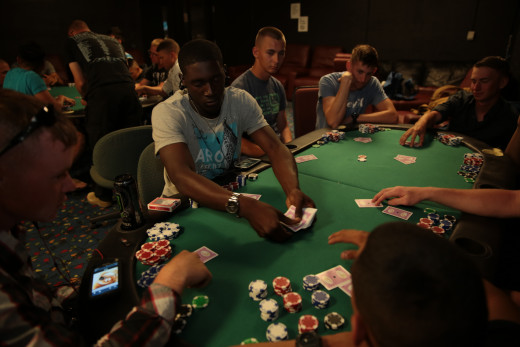
Maths in Poker
In poker a lot of math involved. On the one side there is probability theory. It is very handy to know how big the probability is that you are going to win the pot. On the other side there is the size of the pot. It makes a lot of difference if you have to call 50 or 100 when the size of the pot is 100.
Pot Odds
One of the most fundamental mathematical theories in poker is the system of pot odds. This system compares the number of chips you need to put in the pot with the number of times you are going to win the pot. For example, if the pot is 100 and your opponent bets 50 then you need to call 50 to win 200. This means that if you win the hand 25% of the time, you will break even. If you win let's say 40% of the time, you are making a profit since your expected winnings can be calculated as follows:
40% * 200 chips + 60% * -50 chips = 80 chips - 30 chips = 50 chips.
Therefore, on average this call will make you a profit of 50 chips.
Of course it is not possible to exactly know the probability of you winning the hand, since you don't know your opponents cards. However, in most situations you can make a reasonable guess based on the previous actions of your opponent.
Realizing Your Equity
When making the decisions based on pot odds, it is also important that you are going to be able to realize the equity. Let's say you have 7-6 of diamonds and the flop comes A-K-Q with two diamonds. Now you can reasonably assume that the only way for you to win the pot is to make a flush. Also you can assume that when you make the flush you actually will win. Again, your opponent bets 50 into the pot of 100. Now based on the above calculation we need 25% equity to make a profit. The probability of making a flush when you have a flush draw on the flop is roughly 30%. So we should call. However, we only buy one card with our call. If we don't hit a diamond on the turn, it is very likely we need to pay another bet to see the river. The probability of hitting a diamond on the turn is only about 20%. When we hit, our opponent is likely to stop betting, but when we don't hit he will probably continue with a bet of around 150 into the 200 pot. Therefore, 80% of the time we need to to put 200 into a pot of what will be 500 to see the river. Therefore we need 20% * 25% + 80% * 40% = 34%. This means, calling would be a mistake if we think that our opponent would not put any additional chips in the pot if a third diamond comes on the board.
The Power of Position
If we are out of position, meaning we have to act before our opponent, it might very well be the case that our opponent does not put any extra money in the pot if a third diamond comes. We have to act first. If we check, our opponent might check behind with a lot of marginal or pretty good hands that would have called a bet if we had bet ourselves but don't think they can get called by worse if they would bet themselves. If instead we decide to bet and our opponent had a bluff he will just fold and we don't win his potential bluff and if he happened to have a very strong hand himself, like a straight, he would have bet and we could have raised.
If we are in position our decisions become a lot easier and also, we have a way bigger chance of realizing our equity. If our opponent does decide to stop betting and decides to check we can bet ourselves. If he has a pretty strong hand, he might feel obliged to call. If our opponent does decide to bet, we can raise to get even more chips in the pot, or we can call if we fear that we might still be beat.
This means that in position we make more chips than out of position some portion of the time. This helps us to realize our equity better. A big mistake a lot of players make is to play too many hands out of position.
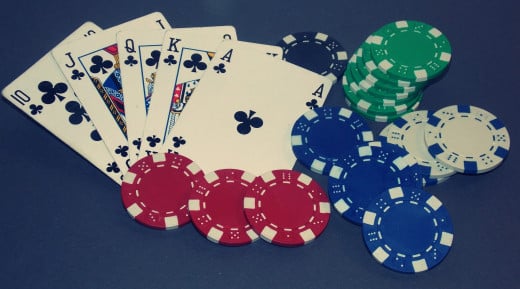
Fold Equity
Another concept a lot of weaker players do not understand is fold equity. This is the equity gained by the portion of the time our opponent folds to a bet. Let's say we have 8-9 suited, we have a stack of 750 chips. The blinds are 25/50 and an opponent raises to 150. We are last to act in the big blind and need to call 100 to win a pot of 325 (150 of our opponent, 25 of the small blind and 150 from us in the big blind). So we need roughly 30% equity to be able to make a profit. The problem here is that when we hit a good hand, we can only win 600 more chips since that is all we have left in our stack. So when the flop comes A-10-7 for example we cannot call a bet since the probability of making the straight is only around 20%. If we would have had a lot more chips, we could have called as we saw in the previous example. However, now we cannot realize that 20% equity.
Also some of the time we would be winning the hand, we still need to fold. If for example the flop comes A-K-8 we cannot call off all of our chips, because it is likely that we lose but our opponent might also be bluffing with let's say Q-J or J-10.
Another way to play the hand is to just go all-in before the flop. A lot of people won't do this, since 9-8 suited is not a great hand, but they disrespect the fold equity. When we go all-in here, our opponent will fold most of his hands. He needs to call 600 more to win 1525. He needs about 40% to justify this call. Therefore, he must fold a lot of his hands he might have, such as low suited cards that might bluff us out of the pot when we miss, or a hand like Q-J that would have had us beat. Most players will fold at least 75% of the time in this situation, which means that 75% of the time we make a profit of 225 chips (25 small blind, 50 big blind and 150 from our opponent).
When we get called, we are probably in bad shape but even if our opponent has A-K we still have nearly 40% to win the hand, or in the rare case our opponent has A-A we have a little over 20%. So let's say, when we get called we have 30% equity. Then our expected profit is:
75% * 225 + 25% * 30% * 1525 + 25% * 70% * - 700 = 160.6.
So going all-in gives us a profit of 160.6 chips on average, while folding breaks even and calling also will be around break even.
This is a strategy that is especially valuable in tournaments. In a cash game setting people tend to have much bigger stacks. Therefore it is much easier to realize your equity with a hand like 9-8 suited and also you risk more when you get called.
If you would have had 10000 chips you might assume your opponent only calls with his best hands which means we will win very small more often because they fold more, but if we get called we lose way more and our equity will be more like 20% instead of 30%.

